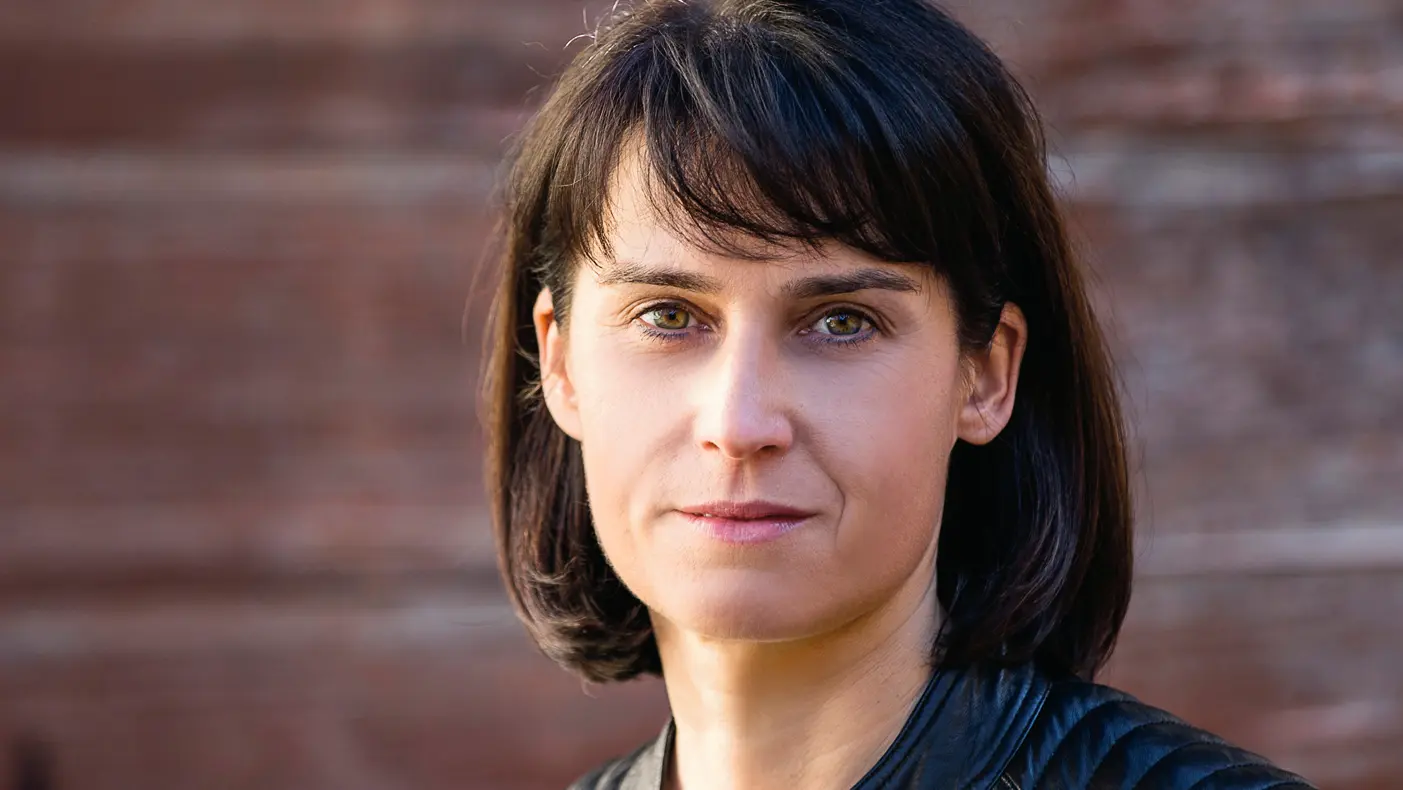Highlights
At Deutsche Telekom, everything starts with
the network. Having access to state-of-the-art
technologies is a precondition for economic
performance and participation in a
knowledge and information society.
At Deutsche Telekom, everything starts with the network. Having access to state-of-the-art technologies is a precondition for economic performance and participation in a knowledge and information society.
That is why we are continuing to rapidly expand our infrastructure and improve transmission speeds with new, secure technology. We invested more than EUR 16 billion Group-wide in 2023, primarily in setting up and operating networks. This is in addition to the investments that we make in acquiring mobile spectrum.
At Deutsche Telekom we put people front and center, especially our customers and our employees. Worldwide, Deutsche Telekom employees ensure that our networks run smoothly and our customers receive the best service. In this way, we made it into the top 10 of the world’s most valuable brands in 2023. When it comes to telecommunications companies, we occupy the number 1 spot worldwide, remaining Europe’s most valuable corporate brand.
When rating agencies give high marks to our social and ecological commitment, the T-Share is included in the financial market’s sustainability indexes. In 2023, the T-Share was once again listed in indices such as the renowned CSA-based DJSI World and DJSI Europe.
Further detailed examples of the progress we made in 2023 can be found in the subchapters – from the Group’s perspective and from that of our segments.
Highlight numbers
Highlight numbers
Progress of selected KPIs in 2023
- 2022 2023
- Investments in building and operating networks Group-wide 21bn. 16bn.
- Customer satisfaction TRI*M 75.0 points 76.2 points
- Sustainable revenue share 42% 43%
- Proportion of T-Shares held by investors with ESG criteria 31.3% 32%
- Procurement volume verified as non-critical 64.1% 66.2%
Topic overview
Read more
Find out more about the topic
Economy in the topic specials
Find out more about the topic Economy in the topic specials
